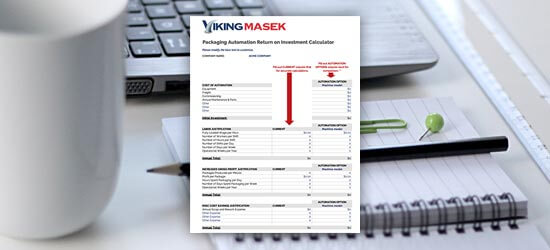
Innovative Coffee Bag Design Examples and How They Transform Your Brand Strategy
The coffee market today is quite competitive, with differentiation of brands. One of the most effective ways of getting a product distinguished is to work on innovative Coffee Bag Design. The Specialty Coffee Association reported that 68% of consumers had bought a product because of the packaging appeal. This somehow emphasizes the influence of design on buying decisions, proving that an attractive coffee bag may lure in consumers and create a long-lasting impression. With an anticipated CAGR of 4.4% through the year 2026, the packaging strategy should thus be exploited by the brands for unique positioning and building loyal customer bases.
The design of coffee bags, besides protecting the product's integrity, acts as a marketing medium that conveys the story and values of the brand. Recent research has indicated that 52% of consumers would be swayed in trying out a new product due to its packaging. With brands becoming more sustainable, the packaging becomes even more attractive when eco-friendly materials are introduced. This blog will take a look at the innovative coffee bag design approaches highlighting how these methods can change your brand's economic landscape and enhance consumer engagement.
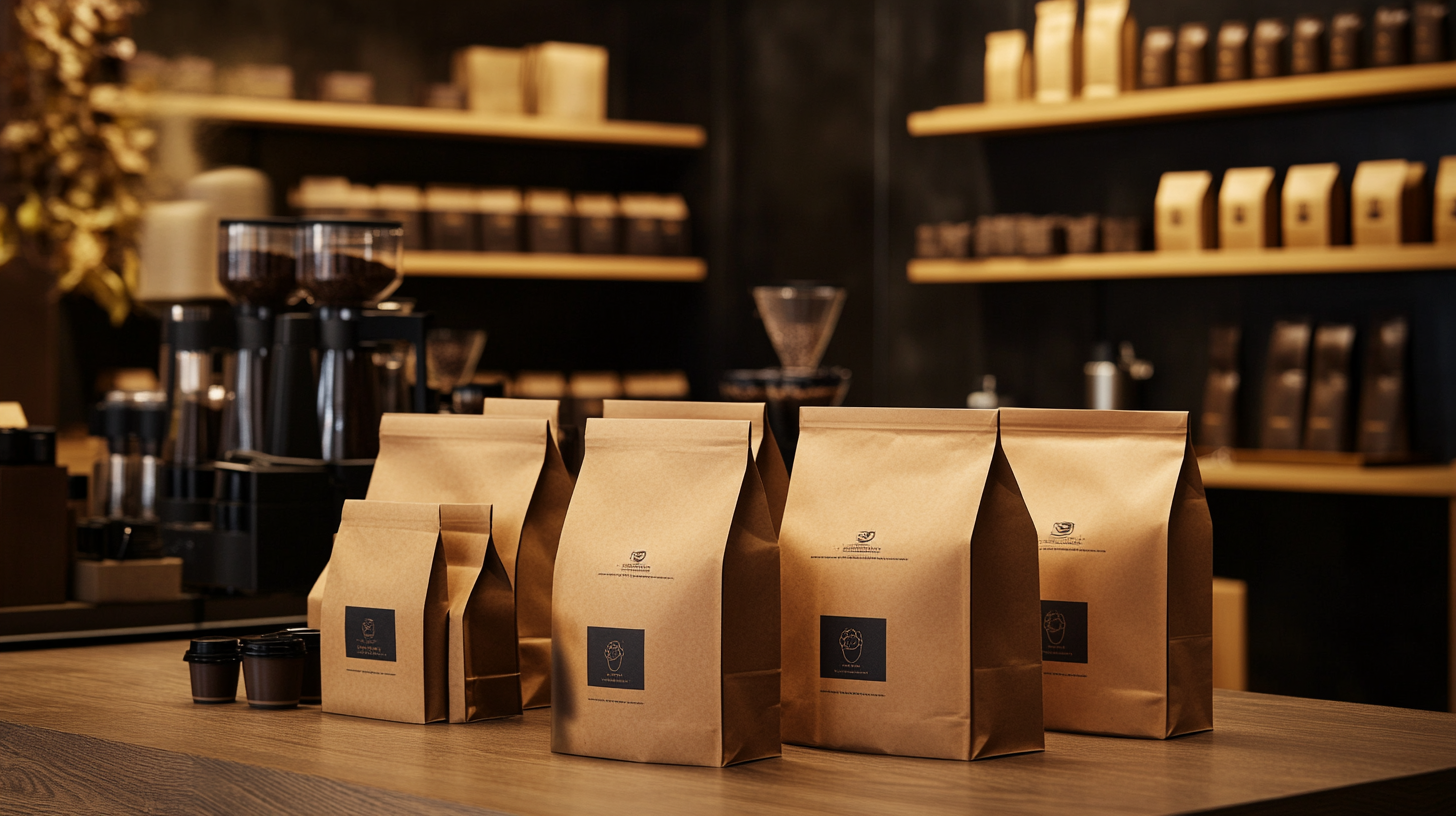
Innovative Materials: The Future of Coffee Bag Design
New materials are redefining the art of coffee bag design to a great extent. In modern times, the coffee industry has seen a strong competition among brands, and therefore new and innovative materials need to be used to make great strikes in the market. Using sustainable and innovative materials, the brands can stand apart from the crowd. Progressive materials such as biodegradable films, compostable materials, and recycled substance cater both to the conscious consumer and feel a rising concern for sustainable packaging. Other than that, innovations in technology also help brands in discovering avenues that promise future shelf-life and freshness without compromising aesthetics For example, the use of vacuum-sealable layers like oxygen barrier films allows the preser- vation of quality coffee while providing great visuals reflective of brand ethos. This enhances consumer experience as brands now have an opportunity to play around textures, finishes, and shapes to make functional yet beautiful bags. Using new materials can also be a powerful weapon for selling. Beautiful and sustainable materials tell a story that resonates for consumers, so they hear and understand how the coffee brand values itself. This strategic choice will also be an asset of the brand in differentiating from the rest and in fostering loyalty by using la natura as a brand for consumers highly attached to sustainability and innovation. These rights of materials do not just protect inside the coffee; it captures the brand's commitment to improving mankind and keeping an environment within which makes room for reformative branding among a clamor in the market.
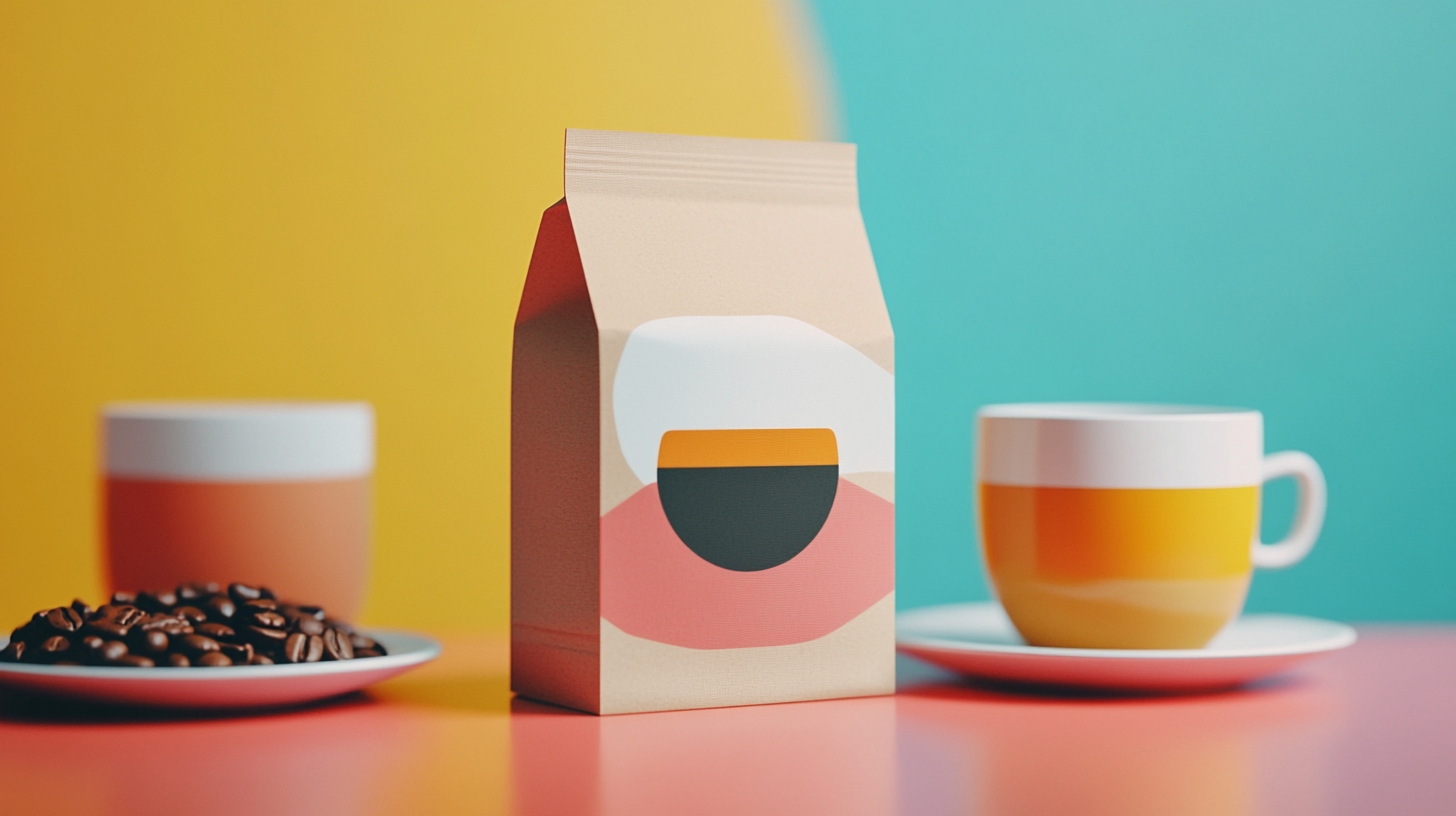
Distinctive Shapes: How Unique Packaging Captures Consumer Attention
Packaging shapes have become a key driver of consumer attention in coffee markets. The report by Mintel, which studied 2021 sales, found that 67% of consumers said their purchasing decisions would lean into the effects of novel packaging designs. Unique shapes are handy in differentiating a brand from competitors, besides increasing its visibility on retail shelves, which is significant in a retail environment that is overcrowded. The most popular of these examples is Café Bustelo, which designs its yellow bags in a vintage style to get nostalgic feelings as they stand out on the shelves.
The beauty of different shapes is that one will clarify what the brand is and what it stands for at the time. According to Nielsen's report, 58% of consumers would pay extra for products with distinctive and attention-grabbing packaging to tend to this growing trend. For example, in premium coffees, brands are experimenting with the visuals created by using different bag shapes and closures to convey that they have an artisanal quality. Examples of pouch construction resemble coffee sacks in the past, making it appealing to certain consumers because it seems more authentic and handcrafted.
Uniqueness in packaging may also garner social media buzz. Statista, in one of its surveys, found that 37 percent of respondents indicated they share photos of products with different packaging on social media. Retailer edges are more than Caffeine brands that invest in such creative packaging because they also create some form of organic marketing. New shapes motivate people to take pictures of their open purchases and share them with their friends, turning a relatively simple product into an experience that will be captured and shared on social media-a fact that builds loyalty to the brand for future purchases.
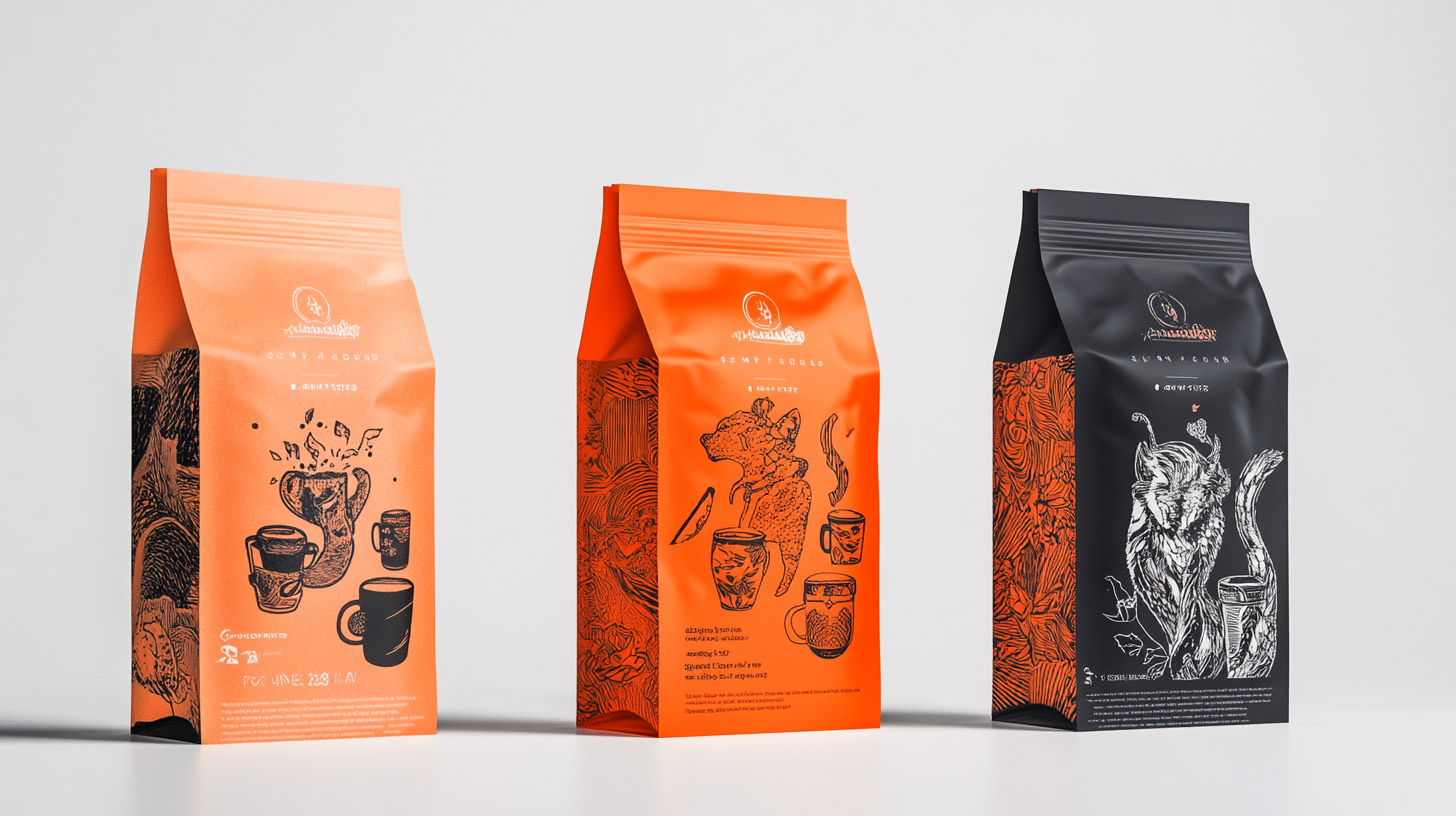
Color Psychology in Coffee Bags: Influencing Brand Perception
Color plays an important role in penetrating consumer perceptions affecting their buying decision in the world of coffee packaging. Their application of color psychology would tend to greatly boost the identity of a brand, thereby allowing the company to communicate its fundamental values and connect with its target audience on a deeper level. For example, the use of vibrant and saturated tones may evoke the idea of a rich and hearty flavor profile, luring the courageous coffee drinkers to try something new. On the opposing side, colors that are softer and more pastel in general may be a comforting sense of warmth that appeals to consumers in need of solace with their brew.
Different colors invoke different emotional responses as well as different associations. For example, green is often associated with freshness and sustainability, making it an excellent color choice for brands marketing organic or eco-friendly coffee. Likewise, brown connotes an element of earthiness and reliability; descriptors that may resonate with consumers who yearn for tradition and authenticity in their coffee experience. With a particular feel or concept regarding coffee depicted by a designated color scheme, coffee brands should juxtapose color meanings to improve brand recognition and foster consumer loyalty.
Innovative bag designs for coffee will showcase other tailored color schemes standing on the store shelf or online. An aesthetically pleasing and commercially sound palette attracts attention and reinforces the brand character. With color associated with certain psychological states fast becoming common knowledge, coffee brands capable of putting this knowledge to strategic use are, hence, drawing rich visual associations with their consumers, changing the brand narrative, and consequently driving sales.
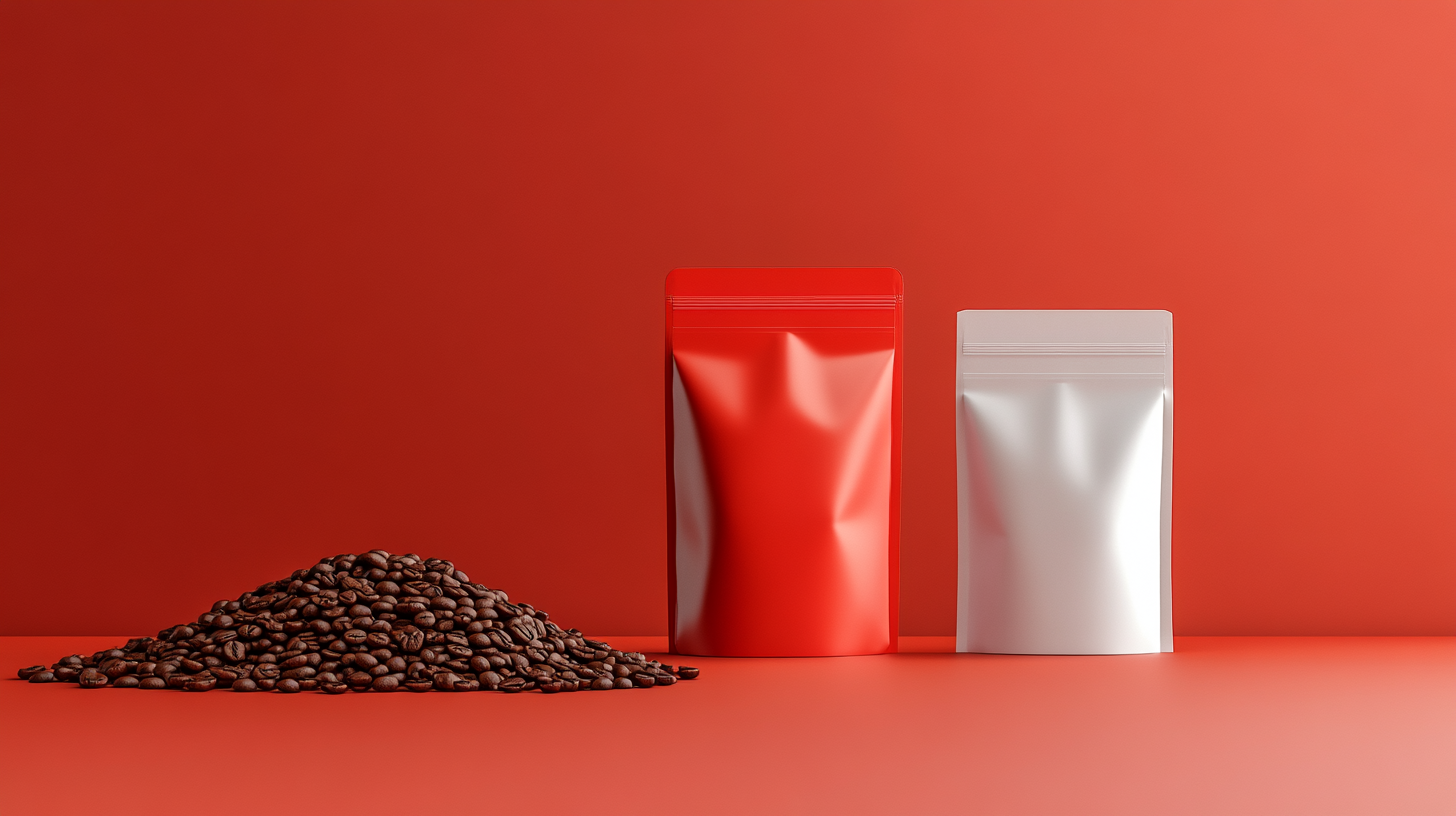
Sustainability in Coffee Packaging: Eco-Friendly Innovations
Now your training is finished with October 2023.
In the recent past, coffee packaging is increasingly adapting to sustainability, and this new front is being paved by innovative designs leading towards an eco-appropriate end-state for the industry. With the bar set to hit $6.8 billion by 2024 in the purview of recyclable barrier package market, demand by consumers in this segment is the raw material fueling the growing shift to greener packaging solutions. But a trend, this change now holds a substantial opportunity for brands: rethinking how they market themselves while connecting with their increasingly environmentally conscious consumers.
With disposable coffee cups facing a downturn in realizable fate, coffee drinkers are about to be introduced to a completely new experience in their favorite coffee shops. Innovations aimed at replacing one-use-with-such products are about to change their experience, signifying the broader pattern of shifting-lifestyle choices toward sustainability. Brands that opt for environment-friendly packaging hasten to show their concern toward improved environmental sustainability development and brand themselves as better responsible companies in the eyes of consumers. The sign of new initiatives indicates a very promising future where such coffee brands can grow by reducing their thermal footprint at the same time.
Besides, interesting competitions and programs to probe into green packaging are gradually bringing themselves to the attention of various members. Universities would have to participate in this contest that will focus on novel as well as eco-friendly designs, thus inculcating a culture of sustainability in the younger generation. Sustainable coffee packaging is increasingly being absorbed as an integral part of the current brand strategy; all the stakeholders in the industry clearly progress with so much change. The future of packaging will be extremely busy with defining brand fidelity and customer loyalty within this ever-increasing eco-aware marketplace.
Brand Storytelling Through Design: Connecting with Your Audience
The coffee market has become highly competitive and in this regard brands leverage innovative bag designs for functionality and for storytelling. Research shows that 64% of consumers purchase based on shared values and stories which indicates the need for a connection with the audience on the emotional level. Well-designed packaging can create an emotional experience and build stories around it allowing consumers to feel part of the brand's journey.
The coffee bags portray quite bright colors and attention-grabbing graphics to attract the consumer's eye off the retail shelf; well-told stories in the visual narrative either of the coffee's origin or sustainability commitment are likely to sway him with information. A study made by the Paper and Packaging Board reported almost 70% of consumers state that packaging design matters to their choice. This, therefore, demonstrates the importance of marrying beautiful product design with relatable brand storytelling making the customer feel more in touch and connected to the offerings.
Further seasonal or sourcing-focused bag designs allow for a bonding of loyalty. According to Nielsen data, 59% of consumers prefer brands that are committed to sustainability and ethical sourcing. The stories that brands create from their values integrated into the designs of their bags are not just attractive to these consumers but also extend a narrative arm to the company's core mission thus rendering this narrative a strong branding story in today's scenario.


